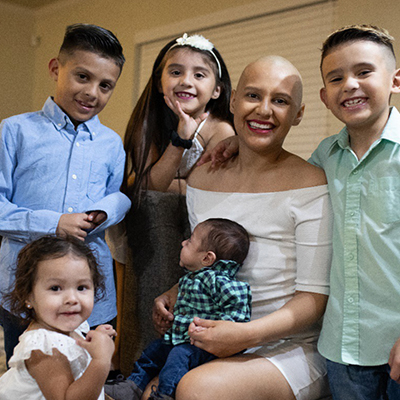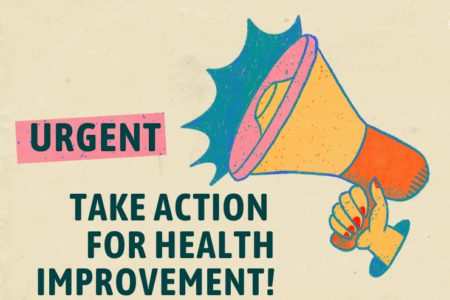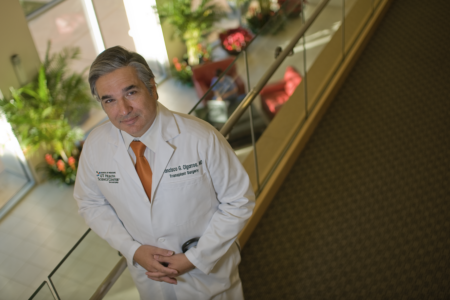
Share On Social!
This year, over 2 million American will get a cancer diagnosis, including many Latinos.
As one of the leading causes of death in Latinos in the U.S., one in five men and one in seven women who are Latino will die from the disease.
Cancer also takes a heavy financial toll on patients, whose survival is dependent upon a variety of factors, including access to quality, often costly, healthcare treatments.
Let’s explore the cost burden of cancer, and what to do about it.
The Cost Burden of Cancer
In 2018, patients and their families paid $5.6 billion out of pocket for cancer treatments, such as surgery, radiation, and chemotherapy drugs, according to the American Cancer Society (ACS).

Americans spent a total of $183 billion on cancer-related healthcare in 2015 – an amount that’s projected to increase to $246 billion by 2030.
Cost is especially an issue for the Latino population.
Latinos with a history of cancer pay more than double the cost for treatment than Latinos without a history of cancer, according to the ACS.
From 2018 to 2019, Latino cancer survivors between 18 and 64 spent $9,119 a year on healthcare while Latinos with no history of cancer spent $3,319 a year.
The cost was even higher for cancer survivors and patients older than 65.
Latino senior cancer survivors spent an average of $22,729 a year and Latino seniors without a history of cancer spent $10,684.
Overall, people of color, such as Latinos, experience financial hardship associated with cancer treatment 12.6% more than their white peers.
The rising costs of cancer care continue to worsen inequities in health and social systems people of color, including Latinos, face. These include challenges in access to income, housing, transportation, healthy food, and healthcare coverage.
Latinos and Health Insurance
28 million Americans reported being uninsured at some point in 2022, and in 2021 34% of the uninsured population were Latino, according to the National Health Interview Survey.
Of the Latinos aged 18 to 64 seeking cancer treatment between 2019 and 2020, 46.1% had private insurance, 27% used Medicaid or other forms of public health insurance, and 17.6% were uninsured.
The majority of Latino cancer survivors between 18 and 64 don’t have private health insurance. Of those who do, 38% of those plans come with higher deductibles, which have higher upfront costs.
Due to the cost burden, some Latinos choose to delay treatment until the cancer has reached a more advanced stage, making it more difficult to treat and even more difficult to afford.
The troubling costs have also led Latinos battling cancer to make other sacrifices that could impact their physical wellbeing while receiving treatment.
In Latino cancer patients between the age of 18 and 64, 23% reported delaying care due to cost, 25% admitted to skipping, taking less, delaying, or not getting a medication due to cost, and 43% experienced some level of food insecurity.
A survey conducted in 2022 found that 71% of Latinos dealing with cancer have current or past medical debt.

Ways of Dealing with the Financial Burden of Cancer
Medicaid programs exist to relieve some of the financial strain on low-income individuals dealing with cancer.
Take, for example, Laura Rodriguez of Oklahoma.

Rodriguez, who was pregnant, needed to be checked out for pain and a lump in her breast. But without access to private or employer-sponsored health insurance, she had no way to pay.
Luckily, Rodriguez found out she qualified for Medicaid through her state, which offers low-income pregnant women coverage, and she was able to afford the cost of aggressive treatment.
“My Medicaid coverage left me cancer-free and debt-free. I know some people have large bills. For instance, I got a peek into what a single lifesaving chemotherapy treatment could have cost me when I was mistakenly billed $10,000. I have been very fortunate. Affordable health care means consistency in care, not just for me but my family,” Rodriguez told ACS.
However, not everyone is as fortunate as Rodriguez.
That’s why ACS is diligently working to eliminate Medicaid funding limitations and expand Medicaid coverage in several states.
There are currently 2.2 million low-income individuals who can’t afford to see a doctor because they don’t qualify for Medicaid — 60% of them are people of color.
The organization is also working to expand healthcare for the undocumented.
Of the 21.3 million noncitizens living in the U.S. in 2019, 46% were uninsured.
ACS is also trying to boost minority participation in clinical trials by assisting with non-medical costs, such as transportation and lodging, needed to take part in them.
Why Representation in Clinical Trials Matters
Cancer and Alzheimer’s hurt many of our abuelos, moms, dads, and others we love.
Clinical trials help us fight for our familia.
Clinical trials are studies that help researchers learn more to help slow, manage, and treat Alzheimer’s and cancer for current and future family members. But without volunteers for clinical trials, the benefits may miss this group.
Visit our clinical trials page to find a clinical trial, read about hero volunteers, and more!
“Volunteers in clinical trials are not only helping themselves, but they’re also building a future with better treatments that can help their families in the future,” said Dr. Amelie Ramirez, director of Salud America! and the Institute for Health Promotion Research at UT Health San Antonio.
Learn More About CLINICAL TRIALs!
By The Numbers
25
years
of life expectancy between some U.S. cities.




… [Trackback]
[…] Read More: salud-america.org/dr-francisco-g-cigarroa-the-first-latino-chancellor-of-the-university-of-texas-system/ […]